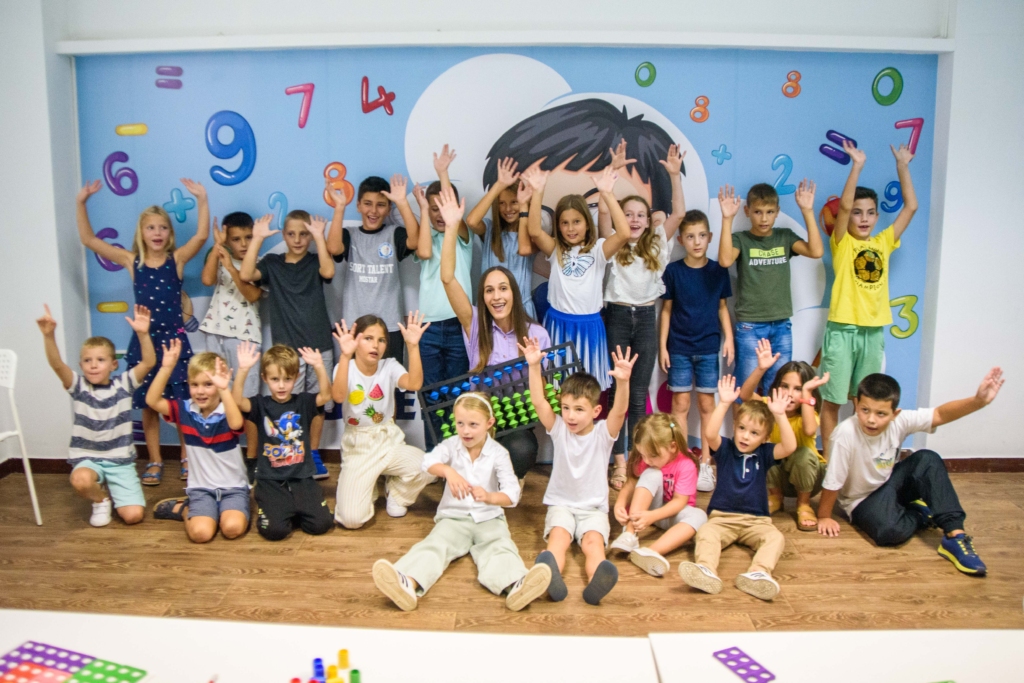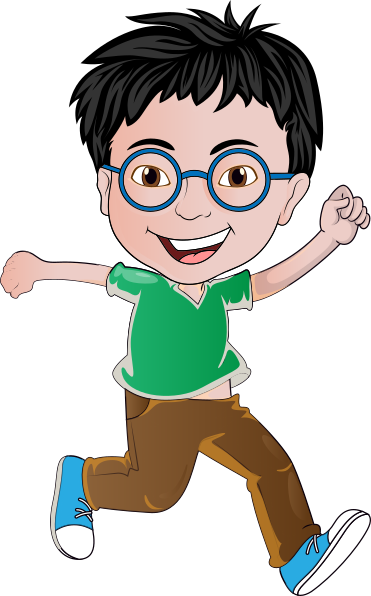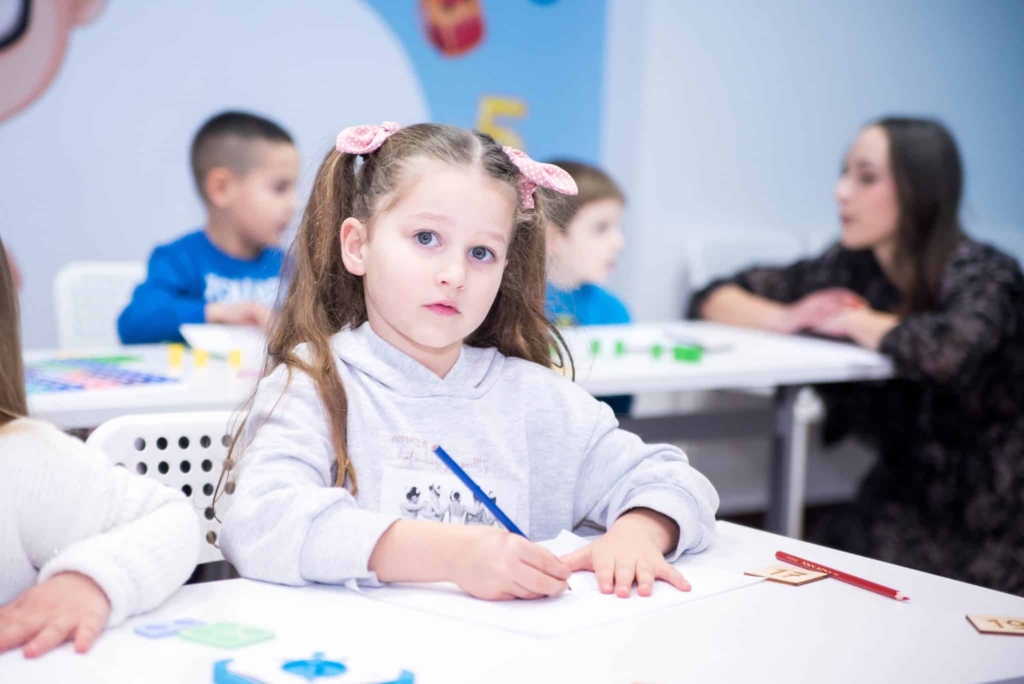In this new digital world, children regularly interact with technological media from a very young age, and most of them use it for entertainment rather than educational purposes. In this context, it is important to understand that technological media are tools that can have either a negative or positive impact on a child’s brain, depending on their use. For this reason, it is essential that adults help promote the proper use of this tool.
In this regard, digitalization could have a negative impact on children’s cognitive development, as we can access all kinds of information with just one click, making the brain lazy. This is why Superclever was founded in 2017. Our founders, Ana Beslic and Josip Beslic, both students at the University of Sarajevo, wanted to develop a method that would help children enhance their arithmetic, spatial, and logical skills in an intelligent, fluid, playful, and fun way, where instead of feeling pressured or judged, they could develop their full potential. “We want to give our students a tool to train their brains, generating new neural connections that will allow them to develop their cognitive abilities.”





